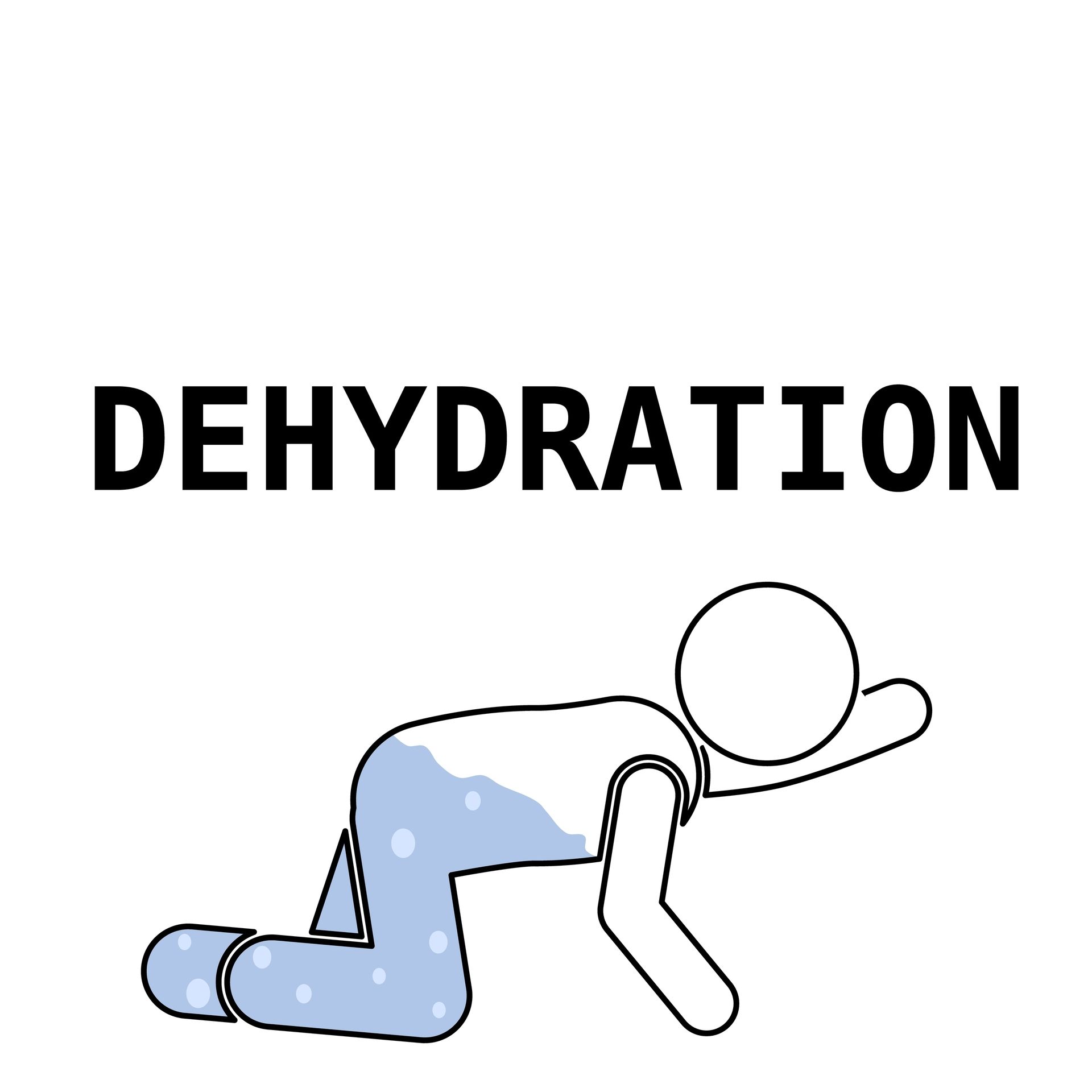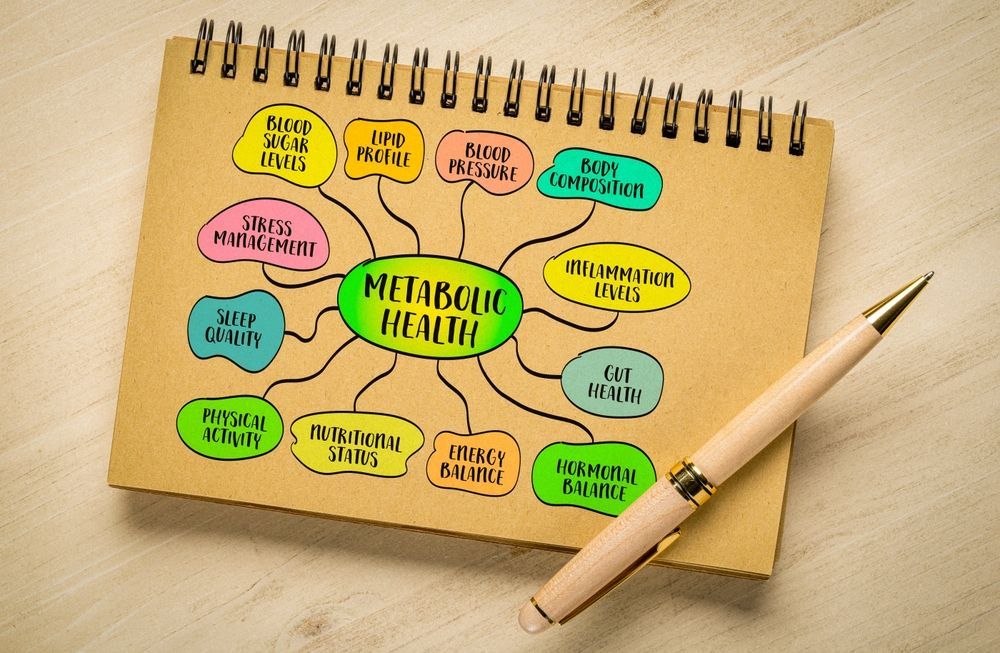Why IV Therapy is the Best Solution for Dehydration in Arizona

Arizona's arid climate presents unique challenges for maintaining proper hydration. Whether you're a resident or a visitor, finding effective solutions for dehydration is essential for your health and well-being. One of the most efficient methods available is intravenous (IV) therapy. This article explores why IV therapy is an excellent choice for combating dehydration in the Grand Canyon State.
Understanding Dehydration: Causes and Symptoms
Dehydration occurs when the body loses more fluids than it takes in, leading to a deficit that affects various bodily functions. Knowledge of its causes and symptoms is vital for timely intervention.
The Impact of Arizona's Climate on Hydration
The intense heat and low humidity levels in Arizona can lead to rapid fluid loss. Activities such as hiking, exercising, or even spending prolonged periods outdoors can exacerbate this issue. Additionally, the lack of moisture in the air can increase perspiration, which heightens the risk of dehydration. The arid climate means that even during cooler months, the risk of dehydration remains significant, as people may underestimate their fluid needs. It is crucial for residents and visitors alike to stay vigilant about their hydration, especially when engaging in outdoor activities.
Common Signs of Dehydration to Look Out For
It's important to recognize the early signs of dehydration. Common symptoms include:
- Thirst
- Dizziness or light-headedness
- Dry mouth and skin
- Fatigue
- Dark yellow urine
Being aware of these signs empowers individuals to take action before dehydration escalates into a more severe condition. Moreover, it's essential to understand that dehydration can also affect cognitive functions, leading to confusion or difficulty concentrating. In children and the elderly, the symptoms may manifest differently, often requiring caregivers to be particularly observant. Recognizing these signs early can facilitate timely hydration interventions, such as drinking water or consuming electrolyte-rich beverages, which are crucial for restoring balance in the body.
The Science Behind IV Therapy
IV therapy is a medical treatment that delivers hydration and essential nutrients directly into the bloodstream. This method bypasses the digestive system, making it a quick solution for rehydration. It has gained popularity not only in hospitals but also in wellness clinics and spas, where it is often marketed as a way to boost energy levels, enhance recovery from workouts, and even improve skin health.
How IV Therapy Works
During an IV therapy session, a healthcare professional inserts a small needle into a vein, allowing a sterile solution containing fluids, electrolytes, and vitamins to flow directly into the bloodstream. This method ensures immediate absorption and offers more rapid relief from dehydration compared to oral solutions. The entire process typically lasts between 30 minutes to an hour, during which patients can relax and even engage in light activities, making it a convenient option for those with busy lifestyles.
The Role of Electrolytes in Hydration
Electrolytes such as sodium, potassium, and magnesium play a crucial role in maintaining fluid balance in the body. IV therapy often includes these vital minerals, helping to restore balance more effectively than water alone. This is especially important in Arizona, where excessive sweating can lead to a significant loss of these essential nutrients. Furthermore, the inclusion of electrolytes in IV therapy can aid in muscle function and nerve signaling, making it a popular choice for athletes looking to recover after intense physical activity.
In addition to hydration and electrolyte replenishment, IV therapy can also be tailored to meet specific health needs. For example, some formulations include antioxidants like vitamin C and glutathione, which can help combat oxidative stress and support the immune system. Others may incorporate B vitamins, which are known for their role in energy production and can help alleviate fatigue. This customization allows patients to receive targeted therapy that aligns with their individual health goals, whether it's recovery from an illness, preparation for a big event, or simply a boost in overall wellness.
Comparing IV Therapy to Other Hydration Methods
While there are various methods to rehydrate, not all are equally effective in urgent situations. Let’s explore how IV therapy stacks up against other options.
The Limitations of Oral Hydration
Drinking water and electrolyte beverages is a common choice for many, but there are limitations. Oral hydration relies on the digestive system, which can take time to absorb fluids. For individuals suffering from severe dehydration or gastrointestinal issues, this method may be insufficient.
The Efficiency of IV Therapy
In contrast, IV therapy provides a direct infusion of fluids and nutrients into the bloodstream, yielding faster results. Many individuals notice improvements in their symptoms in as little as 30 minutes after treatment. This efficiency makes it a superior choice for those needing immediate hydration, particularly in the harsh climate of Arizona.
Safety and Effectiveness of IV Therapy
When considering any medical treatment, assessing its safety and effectiveness is crucial. IV therapy is generally recognized as a safe procedure when administered by qualified healthcare professionals.
Potential Side Effects of IV Therapy
Though rare, some individuals may experience side effects from IV therapy. Common reactions include:
- Bruising at the injection site
- Mild discomfort or swelling
- Allergic reactions to ingredients in the IV solution
It’s important to discuss any concerns with your healthcare provider before beginning treatment. Given its effectiveness, the risks are often outweighed by the benefits, especially when dealing with dehydration.
Who Can Benefit from IV Therapy?
IV therapy is suitable for a wide range of individuals, including:
- Athletes recovering from intense workouts
- Individuals suffering from gastrointestinal illnesses
- People experiencing heat exhaustion due to high temperatures
Whether you're an outdoor enthusiast or simply looking for a way to stay hydrated, IV therapy can be tailored to meet your specific needs.
Practical Considerations for IV Therapy in Arizona
As IV therapy becomes more popular, it's essential to consider how to access these services in Arizona.
Accessibility and Cost of IV Therapy
Many clinics and wellness centers now offer IV therapy throughout Arizona. Pricing can vary based on the location and the specific treatment. Typically, costs range from $100 to $300 per session, making it a manageable option for many seeking relief from dehydration.
Preparing for Your IV Therapy Session
Before undergoing IV therapy, it's advisable to hydrate in advance and inform your healthcare provider of any medical conditions or allergies. The process is usually quick, and most sessions last between 30 to 60 minutes. After your treatment, many people report feeling rejuvenated and revitalized, ready to take on the Arizona heat.
In conclusion, IV therapy stands out as a convenient and effective solution for dehydration in Arizona. With its immediate impact, tailored treatments, and overall safety, it offers a practical approach to maintaining optimal hydration in an unforgiving climate.










